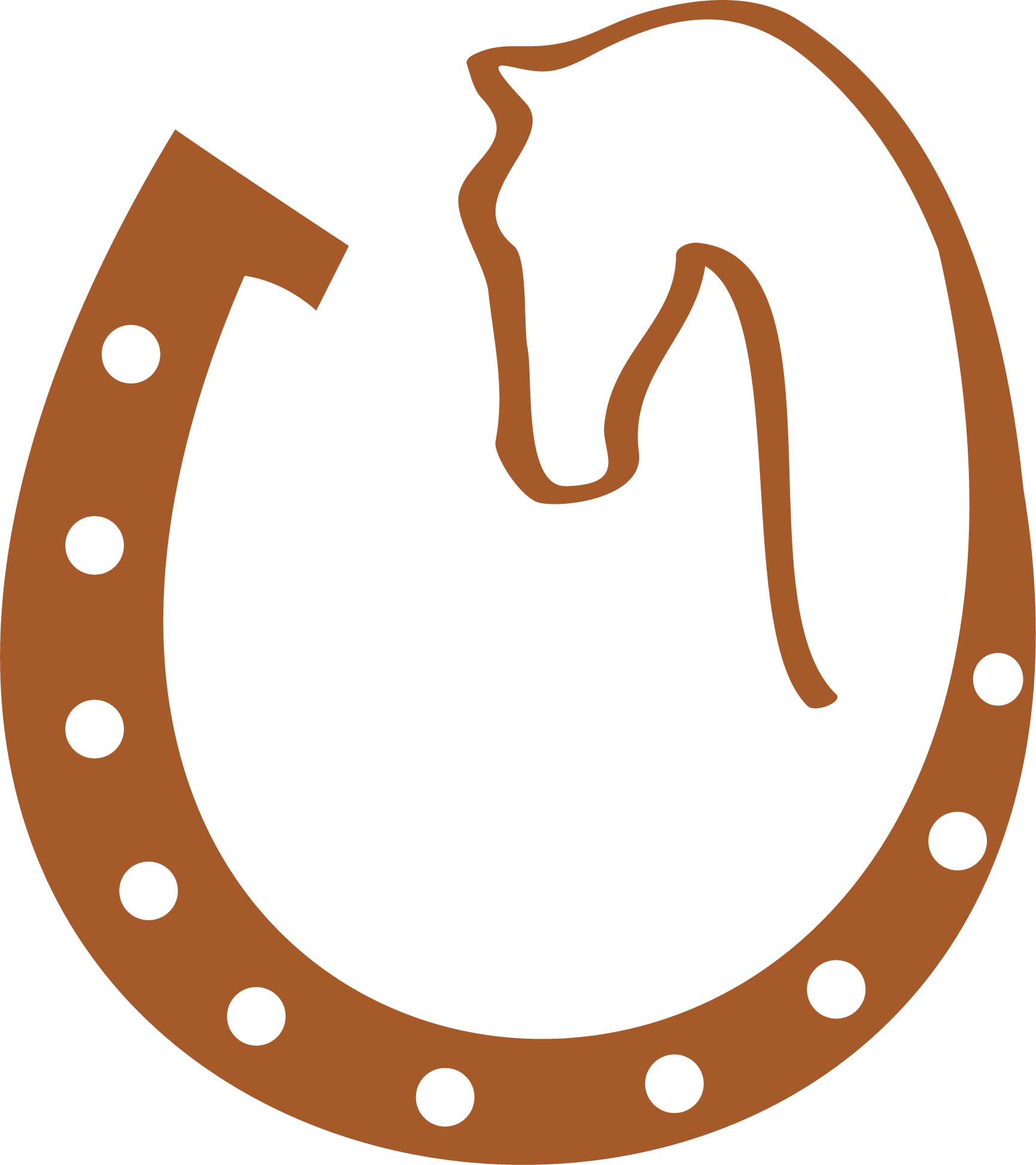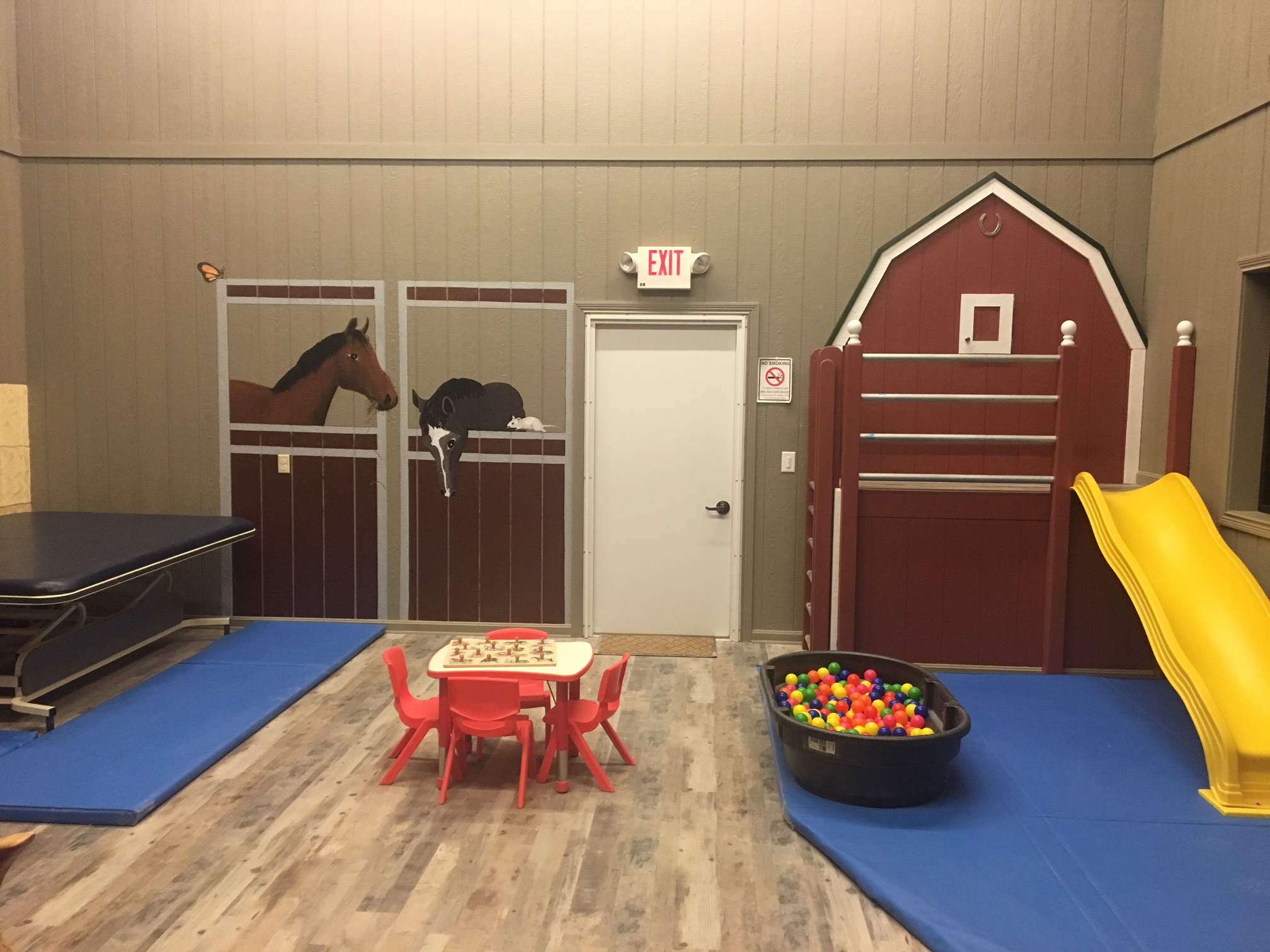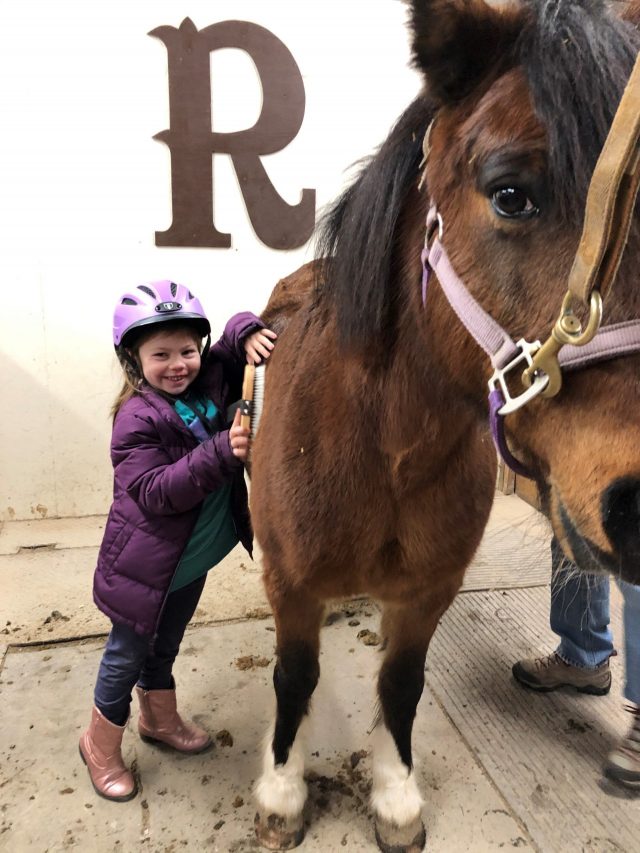Recommended by Cincinnati Children’s Hospital, hippotherapy is a treatment strategy in which the movement of the horse is used by licensed occupational therapists and physical therapists.
Hippotherapy addresses a variety of impairments and limitations for achievement of functional outcomes for patients (2.5 years and older): cognitive, emotional/psychological, physical, sensory, as well as speech and language.
Why the horse?
The average horse walks at a rate of approximately 100 steps per minute. Just five minutes on a walking horse represents 500 neuro motor inputs to the patient. In a typical therapy session, 15 to 25 minutes of equine movement may be incorporated by the treating therapists, which may represent 1,500 to 2,500 neuromotor inputs to the patient.
Incorporating hippotherapy into an occupational therapy or physical therapy pathology session can serve as a powerful tool for the facilitation of the key neuromotor systems that support function. Skillfully applied equine movement, under the direction of a therapists, can offer the patient the opportunity for complex motor learning. Hippotherapy is combined with other standard therapy tools/strategies in an intervention plan designed to address the treatment needs of the patient.
Strength, muscle coordination, and sensory processing used for walking, talking, and the use of fine motor skills for activities of daily living and general attention to tasks have all been shown to be positively impacted by equine movement as a facilitation tool/strategy, when under the direction of a therapists, as part of a larger total plan of care. In addition, increased motivation and participation in treatment and social emotional benefits have been reported (American Hippotherapy Association).



